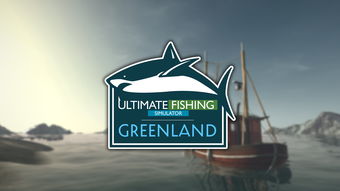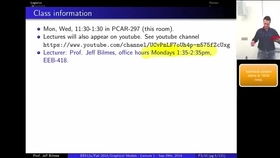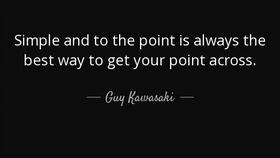Are you a beginner angler looking to master the art of fishing, or a seasoned fisherman seeking to refine your skills? Whether you're targeting the mighty largemouth bass or the elusive trout, the key to successful fishing lies in understanding the nuances of fishing techniques. In this comprehensive guide, we'll delve into the essentials of fishing, offering you expert advice on how to hook the big ones. So, let's get started with our ultimate fishing technique guide.

Understanding the Basics of Fishing
Before we dive into the nitty-gritty of fishing techniques, it's important to understand the basics. Here's a quick rundown of the essential components:
- Equipment: This includes your fishing rod, reel, line, hooks, bait, and lures. The type of equipment you use will depend on the species of fish you're targeting and the fishing environment.
- Location: Research the best spots to fish in your area. This could be a local lake, river, or ocean. Each body of water has its unique characteristics and fish populations.
- Weather: Pay attention to weather conditions, as they can significantly impact fish behavior. Overcast days or times when the sun is at its lowest point are often more productive for fishing.
- Season: Fish migrate and feed at different times of the year, so knowing the season is crucial for successful fishing.
Choosing the Right Bait or Lure
The type of bait or lure you choose will depend on the fish you're targeting and their preferences. Here are some popular options:
- Live Bait: This includes worms, minnows, leeches, and crickets. Live bait is often favored by fish as it closely resembles their natural prey.
- Artificial Lures: These include spinnerbaits, crankbaits, jigs, and plastics. Artificial lures can be more effective in certain situations and can mimic a wide range of prey.
- Artificial Baits: These are soft plastics, such as worms, grubs, and stick baits. They are versatile and can be used in various fishing techniques.
Fishing Techniques
Now that you have the basics and your equipment, it's time to learn some fishing techniques:
- Cast: Learn how to cast your line accurately and efficiently. There are various casting techniques, such as the overhead cast, sidearm cast, and roll cast, each suitable for different situations.
- Jigging: This technique involves moving a lure up and down in the water column. It's effective for fish that feed near the bottom.
- Trolling: Trolling involves moving a lure or bait at a steady pace behind a boat. It's a great technique for covering large areas and can be effective for a variety of fish species.
- Flipping: This technique is used to present baits or lures in tight spaces, such as under docks or in thick vegetation. It requires precise casting and timing.
- Fishing with a Float: This technique involves using a float to suspend bait or lures at a specific depth. It's effective for fish that feed near the surface or bottom.
How to Hook the Big Ones
Hooking the big ones is often the goal of every angler. Here are some tips to increase your chances:
- Choose the Right Hook: The size and type of hook you use should match the bait or lure and the size of the fish you're targeting.
- Set the Hook: Once a fish takes your bait, wait for a slight pull before setting the hook. This gives the fish time to fully engulf the bait.
- Play the Fish: After hooking a fish, play it carefully to avoid breaking off the line or losing the fish. Avoid setting the hook too hard, as this can damage the fish or break the line.
- Handle the Fish with Care: Once you've landed a fish, handle it gently and release it quickly to minimize stress and increase its chances of survival.
Safety and Etiquette
Lastly, always prioritize safety and fishing etiquette:
- Wear a Life Jacket: Especially when fishing from a boat, wearing a life jacket is essential for your safety.
- Follow Local Regulations: Be aware of and comply with local fishing regulations, including size limits, bag limits, and catch-and-release guidelines.
- Respect the Environment: Be mindful of your impact on the environment. Dispose of trash properly and avoid disturbing wildlife.
In conclusion, fishing is an art that requires patience, practice, and a keen understanding of the techniques involved. By following this ultimate fishing technique guide, you'll be well on your way to hooking the big ones. Happy fishing!












